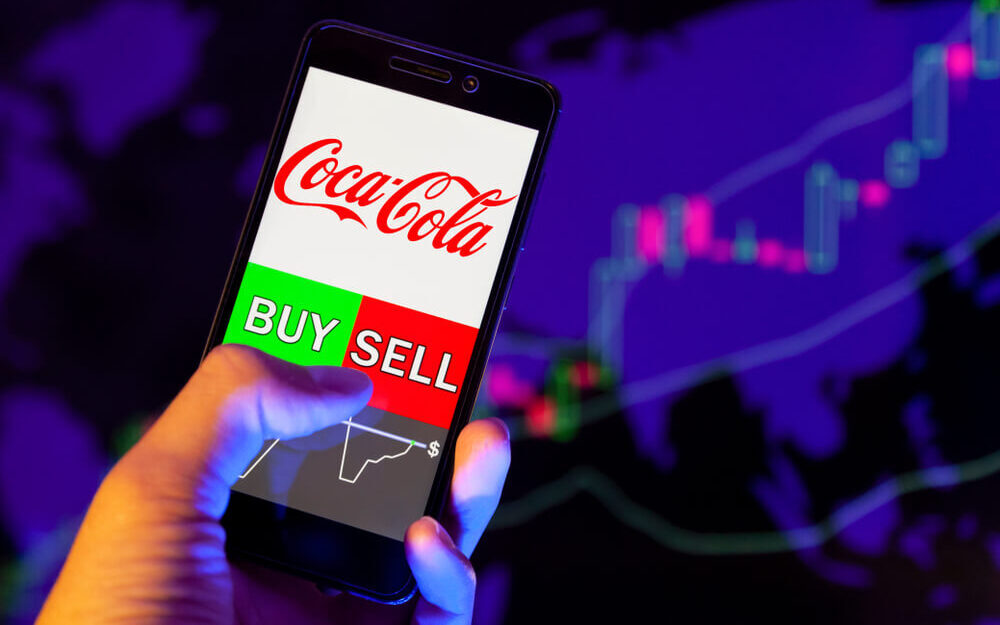Buying stocks is easy.
Some investors buy after a detailed analysis of a company. Others chase hot tips. Some use specific signals and rules. No matter how you decide to buy, it’s usually the easiest part of any investment decision.
The hard part is deciding when to say goodbye and sell.
If you sell too early, you might feel pain every time you see the stock going up. If you sell too late, you feel pain from a gain slipping through your fingers … or a small loss turning into a big one.
To avoid this situation, many investors simply don’t sell. They tell themselves that a losing stock will recover and keep holding on. That way they won’t have to take a loss.
Or they may believe the stock will continue delivering big gains for decades, so there’s no point in locking in gains.
Sometimes that does happen. Many stocks keep climbing higher for years.
However, this doesn’t mean that holding onto that investment for so long is the best decision. There are times when it’s better to sell sooner.
I can even think of an example where the world’s most famous buy-and-hold investor should’ve sold a huge winner decades ago…
Why Warren Buffett Should Have Sold Sooner
Coca-Cola Co. (NYSE: KO) is an often-cited stock that delivered gains for decades. Warren Buffett’s position in KO gained more than 2,000% since he bought the stock in 1988.
That’s a great story for Buffett. But the chart tells a different one.
Take a look at KO’s price journey below.
Buffett achieved almost 70% of his gains in the first 10 years he held it. After peaking in 1998, KO moved sideways for more than a decade. It resumed its uptrend and is now about 52% above that 1998 peak. That’s less than one-fifth of the S&P 500’s gain over that time.
Some analysts believe Buffett didn’t sell because he was collecting a dividend on the stock. That’s true. Since 2000, KO’s annual payout has averaged about $0.98 per share. That’s an average yield of 2.7%. That’s not bad. But he could have done better.
Now, the Oracle of Omaha’s fans argue his effective yield is higher. According to Berkshire Hathaway’s annual reports, Buffett has a cost basis of about $3.90 a share. That means KO delivered a yield of about 25% a year. That’s great. But that’s the wrong way to look at it.
He’s not managing the $1.3 billion he invested over 30 years ago. He’s responsible for managing the $24 billion position he has today. The current yield of 3% and price gains that lag the broad market don’t seem like the best use of $24 billion.
That $24 billion position in KO also presents another problem for Buffett.
Many analysts believe Buffett never sold KO because he didn’t want to pay capital gains taxes on the $22.7 billion profit. But even after paying taxes, Buffett would most likely be ahead had he sold KO in the early 2000s, instead of keeping his capital tied up for decades in a stock that had become a lukewarm performer.
Buffett has inspired many individual investors to hold positions forever so they don’t have to pay taxes. That’s unfortunate.
Taxes aren’t bad. We only pay a lot in taxes if we make a lot of money. It could be best to just generate the income and pay taxes instead of letting capital languish like Buffett did.
Of course, we have the benefit of hindsight. No one knew KO would lag the broad market for decades. Fortunately, we don’t need to know what the future holds to develop a solid selling strategy.
Follow the Ratings to Time Your Sells
The simplest sell strategy is to sell if the stock doesn’t go up. We could see on a price chart that KO stopped going up years ago.
A more sophisticated strategy is to use a free tool I like to follow — the Green Zone Power Ratings system.
In this rating system, each stock is assigned a score (0 to 100) based on six specific factors.
The higher the rating, the more upside potential and the less downside risk the stock should have over the next 12 months. In the long run, stocks ranked above 80 dramatically outperform the broad market.
You could consider selling a stock when the Green Zone Power Rating falls below 60, into the Neutral category or worse. That way, you could avoid holding on to underperforming stocks.
For example, here’s a chart of KO along with its Green Zone Power Ratings going back to the early 2000s.
KO’s Rating Has Languished for 2 Decades
The black dashed line is the 60 level of the ratings system. The red line is KO’s price. And the green line is KO’s rating over time.
It’s easy to see that KO has spent much of the past two decades as a “Neutral” (41 to 60 rating) “Bearish” (21 to 40) and even “High-Risk” (0 to 20) stock according to our system. It only entered “Strong Bullish” territory (80 or above) briefly around 2012.
Remember, KO has moved higher over the last couple decades. But it’s done so much slower than the broad market … and only made new sustained highs in 2016.
Green Zone Power Ratings provides a solution to every investor’s toughest decision: when to sell.
Check the rating of any stock you’re holding right now by going to the Money & Markets homepage and entering the ticker or company in the search bar. It’s simple, easy to use and can help time your sells to give your stock positions the best chance at success.
Until next time,
Mike Carr
Senior Technical Analyst
